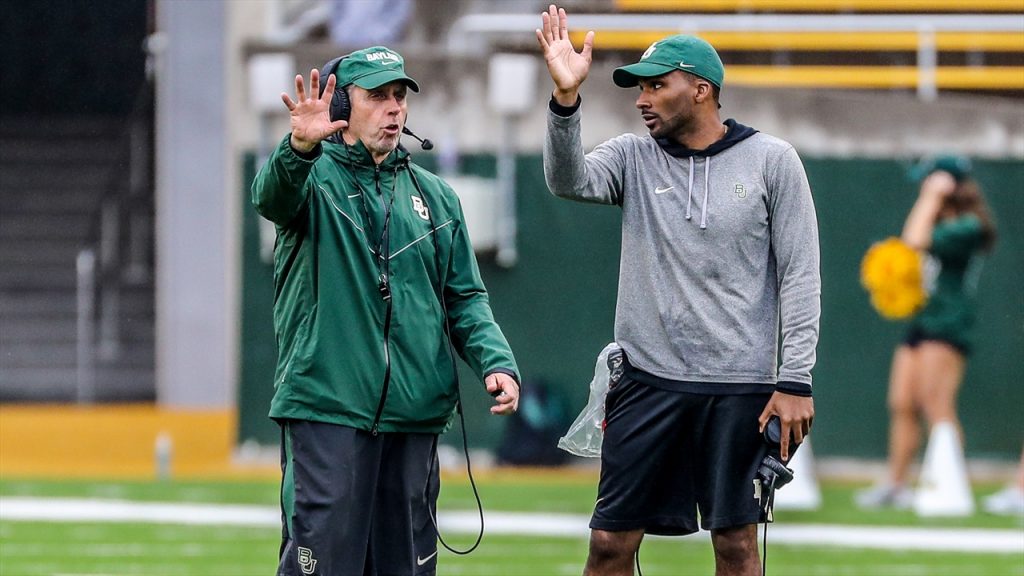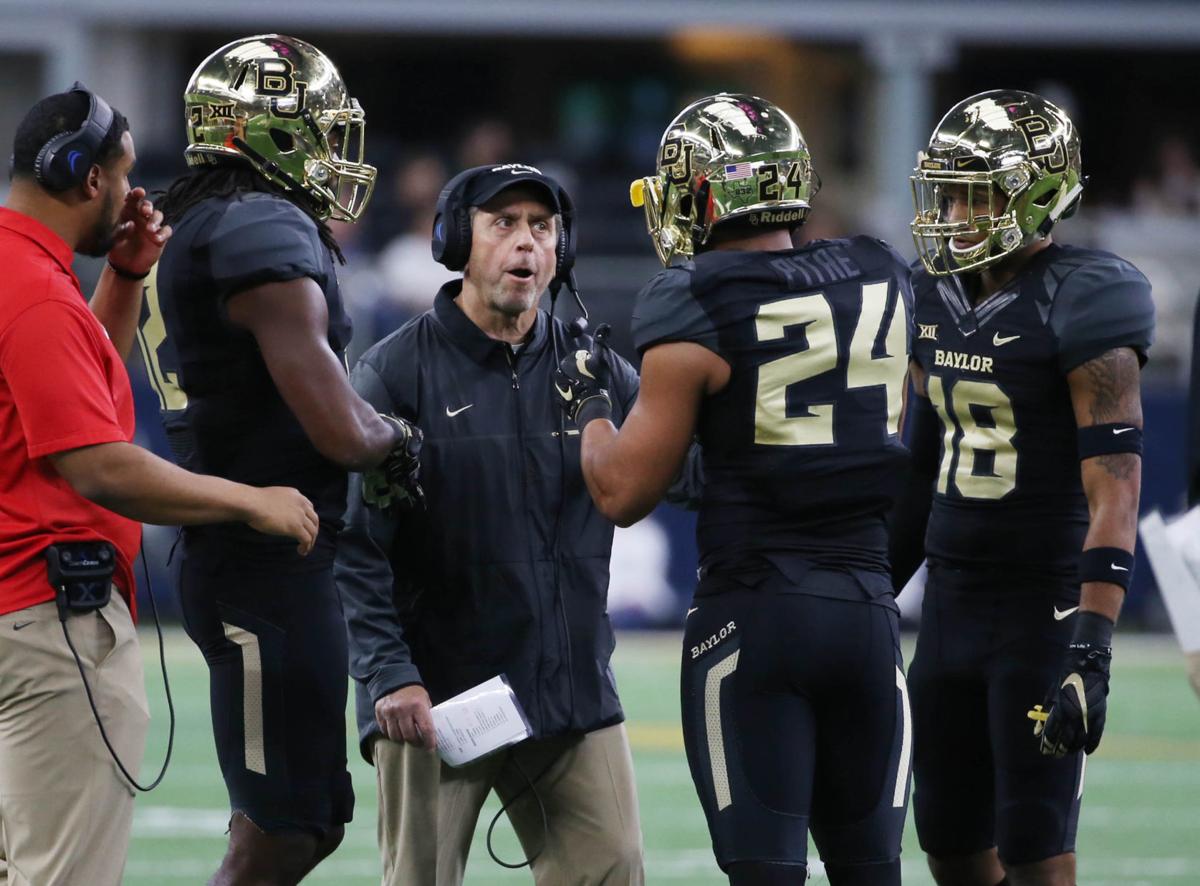Coverage Downsides
First, and this should probably be pretty clear from watching the NFL generally – every coverage and formation has downsides and upsides. If they didn’t, everybody would use the same coverage and formation for the most part – but that doesn’t mean that these weaknesses should be ignored.
From a coverage point of view, there are really two main downsides to this type of formation that are pretty much unavoidable; the deep zone safeties have to start closer to the line than normal, otherwise they are not able to cover underneath zones from the same position – and underneath coverage safeties start further away from the line of scrimmage than normal in order to credibly offer the possibility of dropping deep. Essentially, while this formation has three deep safeties, it is able to compensate for this by having all three less deep than normal.
The first weakness this creates is in over-the-top coverage, as with the safeties closer to the line of scrimmage initially, if they are asked to stay over the top against a receiver, they have to do so with a much smaller cushion, which places them under much more pressure speed-wise and increases the risk of a receiver simply being able to outrun a zone vertically. While this can be compensated for by looking to reroute especially fast receivers at the line of scrimmage where possible and trying to avoid certain matchups when designing the game plan each week, ultimately, these are all still options in a normal cover one or cover two look, and that compared to these looks, safeties with deep zone responsibilities are going to be at a disadvantage.

Photo Credit: Getty Images
Similarly, those safeties who have underneath responsibilities are also at a disadvantage, as they are lined up further away from their zones or receivers than they would normally be. This is actually a far larger potential weakness than the deep zone issues, as this is harder to compensate for and far easier to attack without having to worry about the coverage. This is especially true in man coverage, as here the defender either has to give the receiver a huge amount of space to work into initially or is forced to dive on the route post-snap, making them vulnerable to changes in direction before they can get their feet set.
The easiest way to try and compensate for these issues is by using the safeties to cover receivers who are either the least effective route runners or who start at a natural offset, such as running backs and fullbacks. This obviously would help the safeties in their responsibilities, but the extent to which these tactics can be deployed is limited, especially when multiple safeties are asked to drop into man coverage.
None of these solutions are perfect, however, and by aligning in this way, it is going to make it harder for safeties in underneath coverage.
Another way that this can hurt the defender underneath that needs consideration is on screens, especially quick receiver screens, as not only could the defense be looking to drop out of a certain zone, but they might not even be in it to start with. There are really two ways this coverage can look to compensate for that (outside of just playing man coverage all the time which would kind of defeat the point of the formation), namely by either having a cornerback with sole responsibility for the flat and who is able to attack the screen knowing there is a safety who has responsibility vertically if it is a fake, or by having a safety who is dropping down to the side of the vacating corner and who is naturally going to be heading towards the screen as a result.
There are examples of Baylor doing the former on tape:
With the latter being valid even if Baylor didn’t happen to get a screen thrown to this look on the tape that is available. There is always going to be a risk of getting burnt on a screen in zone coverage, especially if you blitz, but this is a risk that the offense has to take as well – it shouldn’t be much more of a weakness for this alignment than any other, especially if sufficient practice is done to drill the adjustments.
Essentially, from a coverage perspective at least, this defensive alignment takes the core principle of zone coverage – namely, that the key is not making a completion impossible but rather making things difficult enough for a quarterback to read that the chance of a misread leading to either an incompletion, sack or interception is sufficient to compensate for that – and takes it to a yet greater extreme. In any given coverage, there is going to be a chance to attack the defense effectively, but as this is true for every coverage, the even greater multiplicity and potential for disguising coverage of this defense should, or at least could, more than compensate for any weakness in a given look.
Of course, a defense is about more than just coverage.
(Top Photo Via Jerry Larson/Waco Tribune)




This looks to be just a 3-3-5 D. Could be a good wrinkle from time to time in non-running situations.